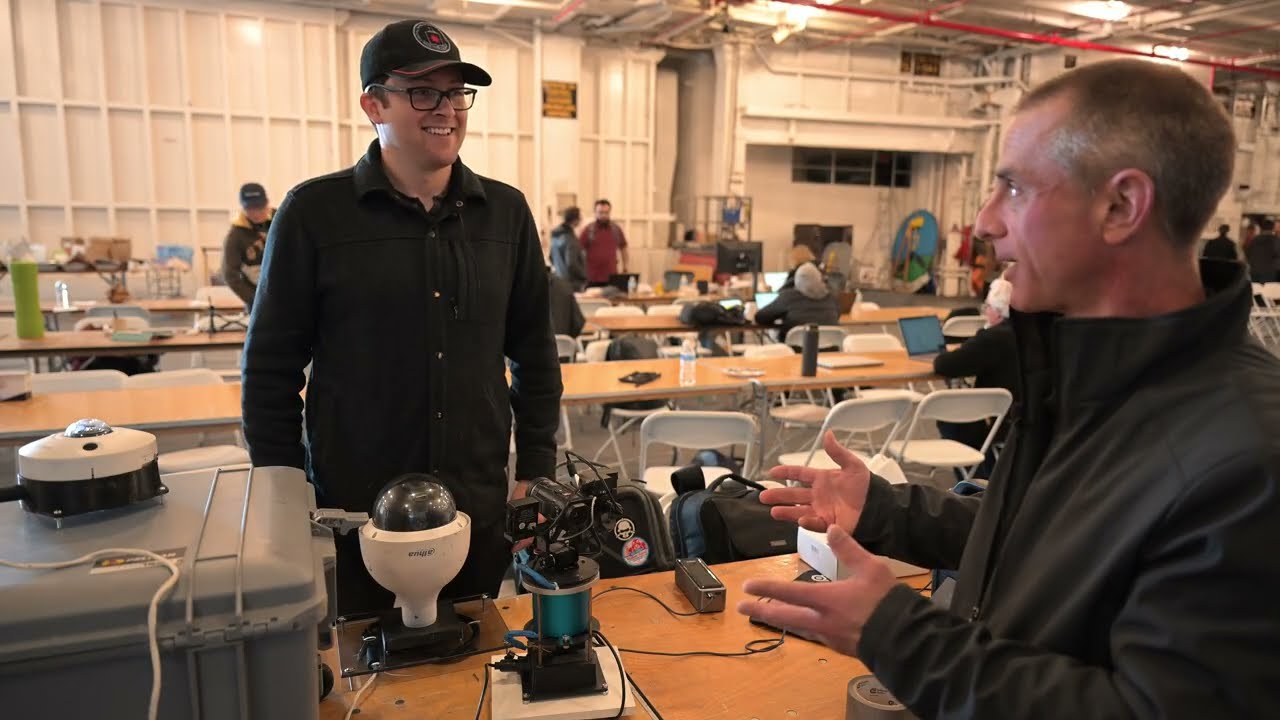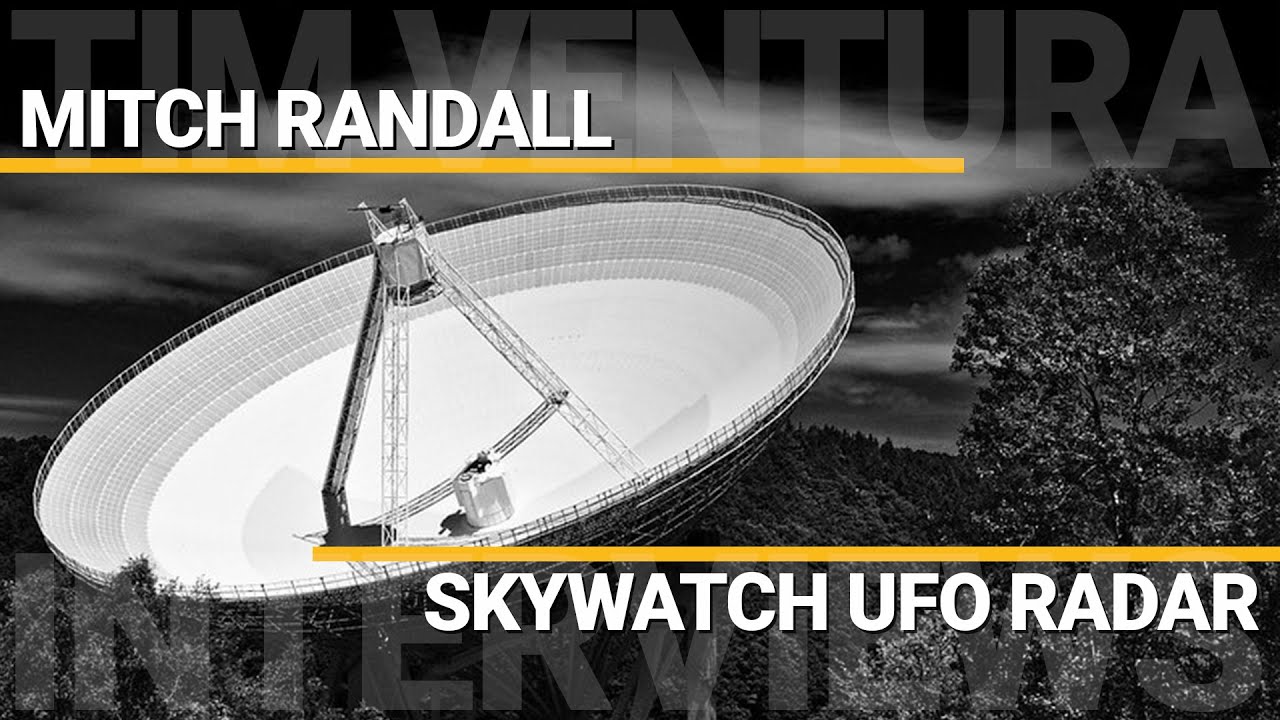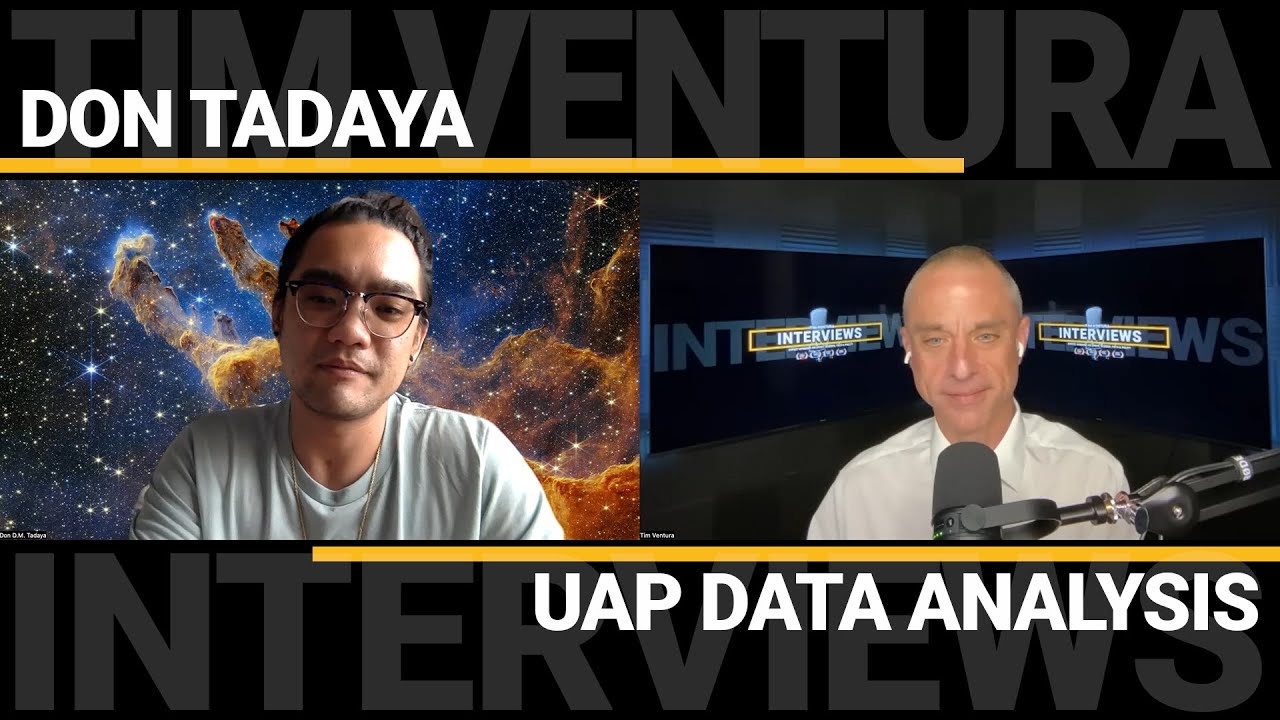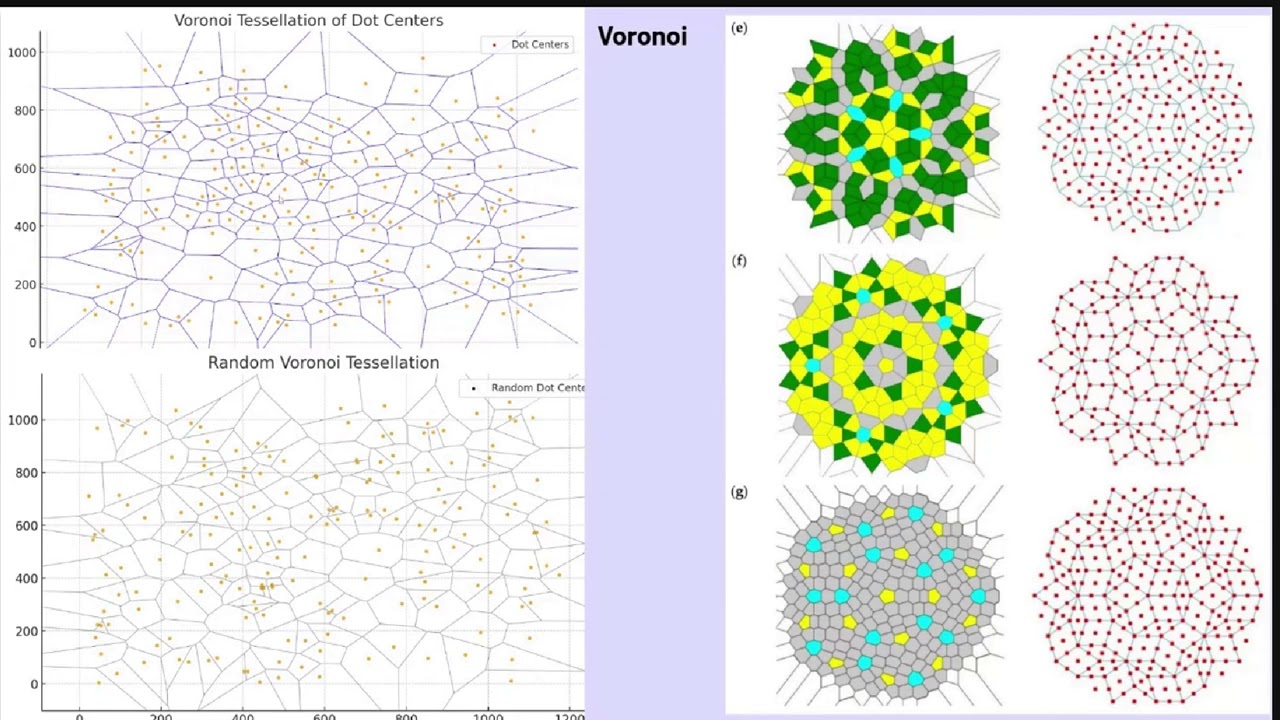UAP Surveillance of Earth
Careful analysis of 80,000 UFO sighting reports led Dr. Eamonn Ansbro to one inescapable conclusion: the Earth is under controlled surveillance by UAP. He presents the results of his recent UAP Technosignature Analysis, and discusses UAP orbital tracks along with the hypothesis that Earth is under controlled, autonomous surveillance by UAPs.
Dr. Ansbro presents new data suggesting organized orbital patterns of Unidentified Aerial Phenomena (UAP) around Earth, potentially indicating a form of surveillance. His analysis, using databases like Newfork and Hatch, incorporating radar and visual data, revealed an average UAP orbital period of 65-67 minutes and an inclination of 0-18 degrees. This research, presented at the American Geophysical Union, challenges traditional SETI approaches by suggesting UAP utilize advanced propulsion systems and potentially quantum communication, rather than radio waves.
Dr. Ansbro also highlighted the importance of incorporating consciousness and contactee experiences into UAP research, arguing that a mechanistic worldview is insufficient. He proposes a collaborative, co-creative approach involving conscious contactees and advanced detection systems to understand UAP’s apparent interest in Earth’s biosphere and possibly human evolution. Future research will focus on consciousness expansion and collaboration with contactees.
A Deep Dive into UAP Orbital Patterns
Dr. Ansbro is a leading figure in UAP research with affiliations to several prominent organizations, Ansbro has a Masters degree in Astronomy from University of Western Sydney, Australia, and an MPhil and PhD (ABD) degree in Astronomy from the Planetary Space Science Research Institute at Open University (UK). Hedetailed his findings in a paper presented to the American Geophysical Union of research, spanning 24 years and utilizing data from various sources, including the extensive Newfork and Hatch databases (containing over 80,000 reports!). He claims this data reveals a startling pattern.
His team, which includes physicist Eric Rowe, analyzed decades of UAP sightings, focusing on cases with at least 10 minutes of recording and multiple witnesses, incorporating radar, thermal imaging, and optical data. Using density-based spatial clustering (DBSCAN), they identified significant clusters of UAP activity around the globe.
One striking example: a New York/New Jersey cluster showing 37 UAP events over 1 hour and 39 minutes, recorded two decades ago. This is not an isolated incident. The global analysis revealed a consistent pattern:
- •Average Orbital Period: 65-67 minutes. Remarkably, this aligns with similar findings from late 1990s research.
- •Orbital Inclination: Initially estimated around 53 degrees due to limited data, this has been refined to 0-18 degrees with improved data analysis.
This consistency, Dr. Ansborough argues, strongly suggests a coordinated, controlled surveillance operation. The UAPs, he proposes, are not simply random occurrences but rather technosignatures – evidence of advanced technology exhibiting programmed behavior.
Beyond the Data: Propulsion, Cloaking, and the “Zoo Hypothesis”
The research delves beyond simple orbital mechanics. Dr. Ansborough discussed various theories on UAP propulsion systems, including anode/cathode emissions, and highlighted key characteristics observed in the data:
- •Antigravity: The ability to defy gravity.
- •Hypersonics: Extremely high speeds.
- •Cloaking: The ability to become invisible, both in the air and underwater.
These capabilities, coupled with the observed orbital patterns, lend credence to the “zoo hypothesis” – the idea that extraterrestrial intelligence is monitoring Earth, much like we might observe animals in a zoo. The “laboratory hypothesis,” suggesting Earth is being used as a testing ground, was also considered.
The Consciousness Factor: A Paradigm Shift?
The podcast took a fascinating turn when the discussion shifted to the role of consciousness in UAP research. Dr. Ansborough highlighted the importance of “conscious contactees” – individuals who report direct, conscious interaction with UAPs. He argued that incorporating their experiences, along with advanced detection systems, is crucial for a more complete understanding.
This perspective challenges the traditional, purely mechanistic approach to UAP research, echoing Arthur C. Clarke’s third law: “sufficiently advanced technology is indistinguishable from magic.” The podcast explored the limitations of a purely data-driven approach, suggesting that discarding seemingly “anomalous” data – like reports involving consciousness – may be hindering progress.
The Future of UAP Research
Dr. Ansborough’s research is ongoing. He’s currently exploring the use of Fourier analysis to further refine the orbital parameters and is embarking on a new initiative involving conscious contactees in South America to investigate consciousness expansion. He also criticized the limitations of SETI’s radio wave focus, advocating for a shift towards quantum communication research as a more effective way to detect advanced extraterrestrial civilizations.
Conclusion: A New Era of Understanding?
Dr. Ansborough’s work presents a compelling case for a paradigm shift in UAP research. The data suggests a level of organization and control far beyond anything previously considered. While many questions remain, his research opens up exciting new avenues for investigation, urging us to reconsider our assumptions about the nature of reality and our place within it. The implications are profound, suggesting that we may be under constant, organized observation from a technologically advanced civilization. The question is not if they are watching, but why.
Register For UFORev
Want to see more great UFO Reverse Engineering stories? Sign up for our mailing list to get exclusive access to captivating presentations, engaging events, and more!
RECENT POSTS
UAP Detection & Tracking
April 22, 2025
Detecting UFO Warp Drive Signatures
April 12, 2025
SkyWatch UFO Radar
November 10, 2023
UAP Data Analysis On 80,000 Sightings
May 29, 2023
Art’s Parts Sample May Contain Quasicrystals
April 7, 2025





